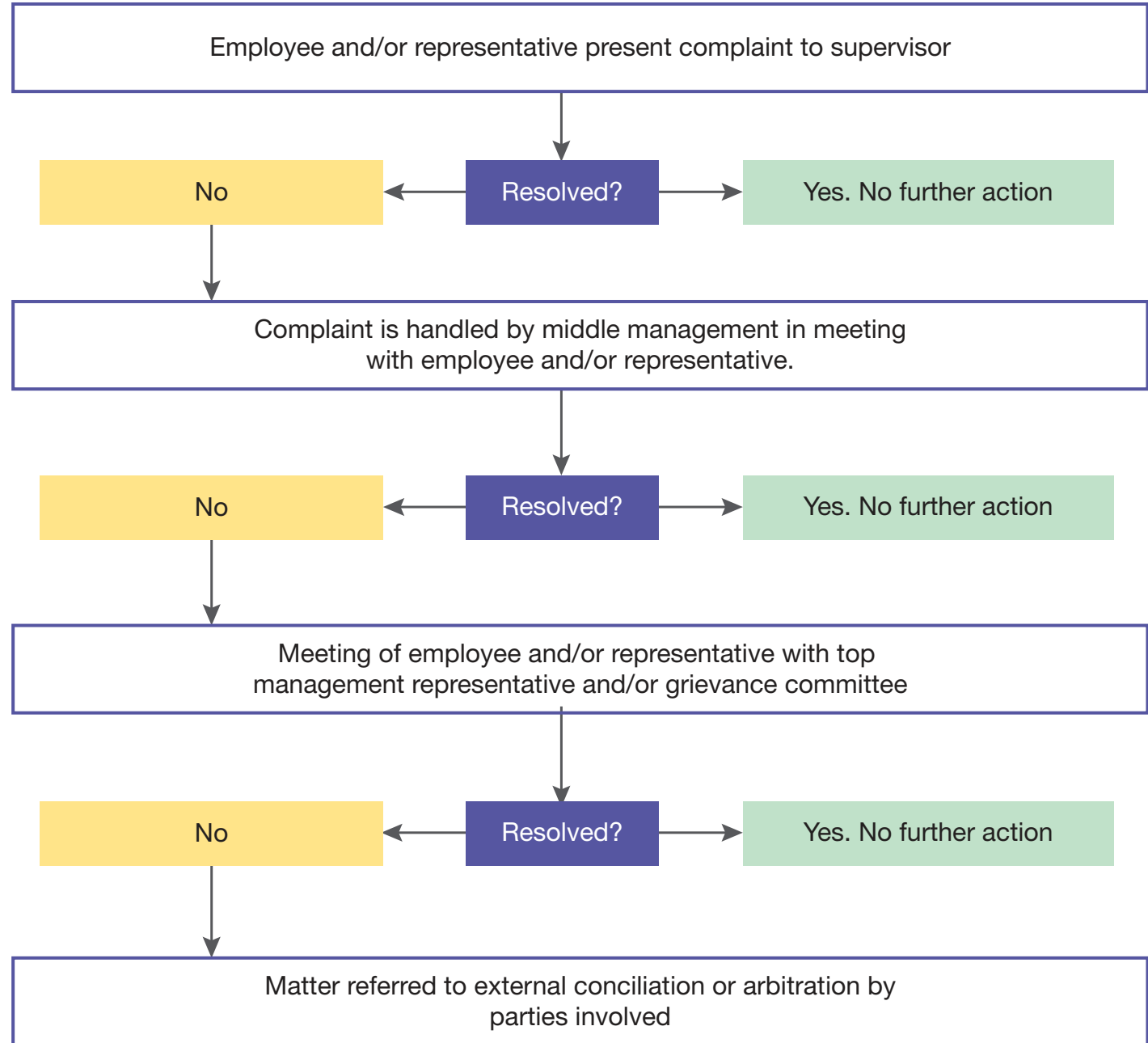Photo AI
Last Updated Sep 24, 2025
Bureaucratic Leadership Simplified Revision Notes for NSC Business Studies
Revision notes with simplified explanations to understand Bureaucratic Leadership quickly and effectively.
445+ students studying
Bureaucratic Leadership
Introduction
Bureaucratic Leadership: A leadership style dependent on fixed, established procedures. It is essential for maintaining order and consistency in organisations.
Key Features of Bureaucratic Leadership
- Standardised Policies: These guarantee that operations are uniform, which enhances predictability and stability.
- Structured Hierarchy: Clearly defined roles reduce ambiguity and improve focus.
- Detailed Regulations: Provide clarity and lessen confusion, similar to comprehensive rubrics used in schools.

- Bureaucratic Leadership: Emphasises fixed rules and uniformity
Core Characteristics of Bureaucratic Leaders
- Established Rules and Procedures: Strict adherence to rules ensures tasks are performed consistently.
- Focus on Order and Compliance: A structured approach ensures guidelines are meticulously followed, maintaining order.
- Precise Execution: Rigorous procedures help minimise errors.

Comparing Leadership Styles
- Bureaucratic Leadership: Focused on rules and predictability.
- Autocratic Leadership: Concentrated on decisions with minimal input from others.
- Democratic Leadership: Promotes collaborative decision-making.

Positive and Negative Impacts
Exploring Positive Impacts
- Consistency in Operations: Vital in sectors like HSBC for ensuring trust and stability.
- Clear Role Definitions: Enhance workflow efficiency as observed at Unilever.
Clear Role Definitions are crucial in companies like Unilever for ensuring smooth operations and increasing productivity.
Analysing Negative Impacts
- Reduced Innovation: Strict policies can hinder creativity, as exemplified by Nokia.
- Employee Morale: Limited decision-making ability can lower morale, affecting productivity.
Employee morale plays a significant role in productivity within bureaucratic environments.
Real-World Applications and Case Studies
- Manufacturing: Toyota's methodology decreases defects through standardisation.
- Technology: IBM adapts strategies to sustain innovation.
Industries Suited for Bureaucratic Leadership
- Healthcare: Important for ensuring patient safety via stringent protocols.
- Manufacturing: Promotes precision and productivity.
- Public Sector: Upholds accountability through adherence to regulations.

Situational Factors Enhancing Suitability
- Predictability: Crucial in environments where success depends on consistent processes.
- Safety Concerns: Essential in settings prioritising safety.

Challenges and Mitigation Strategies
Core Challenges
- Stifling Creativity and Innovation: Rigid rules can restrict development.
- Employee Morale and Motivation: High turnover can result from excessive control.
- Slow Adaptation and Change: Limits competitiveness.
Mitigation Strategies
- Promoting Flexibility: Encourage systems that foster creativity.
- Enhancing Employee Empowerment: Increases autonomy and drives innovation.
Strategic Insights: Employ leadership strategies that balance structure and innovation.
Conclusion
Balancing structure with innovation is essential for organisational success, especially in dynamic environments. Understanding bureaucratic leadership is fundamental for future leaders aiming to optimise productivity and creativity.
Glossary of Key Terms
- Bureaucratic Leadership: A management style centred on rules and procedures.
- Order and Compliance: Ensures guidelines are stringently followed.
- Precise Execution: Meticulous attention to tasks to minimise errors.
500K+ Students Use These Powerful Tools to Master Bureaucratic Leadership For their NSC Exams.
Enhance your understanding with flashcards, quizzes, and exams—designed to help you grasp key concepts, reinforce learning, and master any topic with confidence!
300 flashcards
Flashcards on Bureaucratic Leadership
Revise key concepts with interactive flashcards.
Try Business Studies Flashcards30 quizzes
Quizzes on Bureaucratic Leadership
Test your knowledge with fun and engaging quizzes.
Try Business Studies Quizzes18 questions
Exam questions on Bureaucratic Leadership
Boost your confidence with real exam questions.
Try Business Studies Questions1 exams created
Exam Builder on Bureaucratic Leadership
Create custom exams across topics for better practice!
Try Business Studies exam builder54 papers
Past Papers on Bureaucratic Leadership
Practice past papers to reinforce exam experience.
Try Business Studies Past PapersOther Revision Notes related to Bureaucratic Leadership you should explore
Discover More Revision Notes Related to Bureaucratic Leadership to Deepen Your Understanding and Improve Your Mastery
